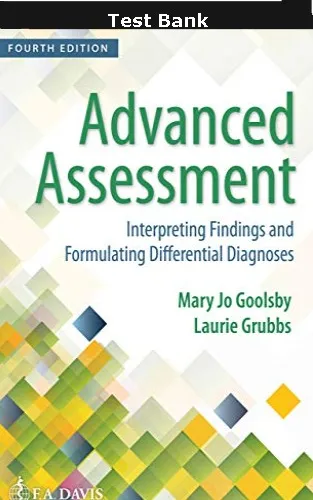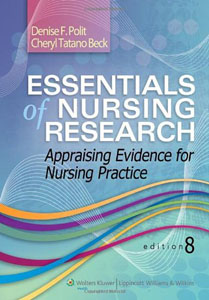Advanced Assessment: Interpreting Findings and Formulating Differential Diagnoses, 4th Edition Goolsby Test Bank
Original price was: $55.00.$21.00Current price is: $21.00.
Digital item No Waiting Time Instant Download
Chapters: 22
Format: PDF
ISBN-13: 978-0803668942
ISBN-10: 0803668945
Publisher: F.A. Davis Company
Authors: Mary Jo Goolsby, Laurie Grubbs





Be the first to review “Advanced Assessment: Interpreting Findings and Formulating Differential Diagnoses, 4th Edition Goolsby Test Bank”